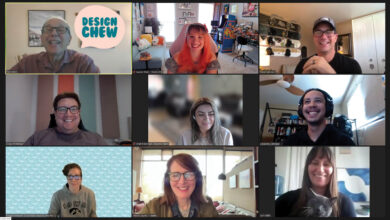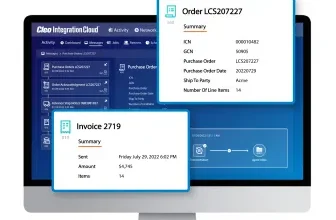
Digital signage is considered the most effective, least expensive form of advertising for small businesses by groups, including the Small Business Administration (SBA). This is because exterior and interior LED signs help convey timely and frequent messages to potential customers as they are passing by at a fraction of the cost of traditional advertising.
When digital signs stop delivering the results you expect, customers might blame the sign. Instead, the reason may lie with the content or placement of the sign. Before letting them dismiss your digital signage as ineffective, share some of the main reasons their message may not be resonating.
Poorly designed content
To prevent viewers from getting bored and ignoring the digital sign, it needs eye-catching and meaningful content. This can easily be done in several ways, including using the right amount of movement and color, and by using interesting images.
If there’s a complicated message, let the design tell the story instead of using a lot of words. Broad Institute of MIT and Harvard, a nonprofit biomedical and genomic research center located in Cambridge, Massachusetts, uses its digital sign to visually demonstrate its complex and exciting projects using colorful and interesting images and minimal text.
Remember, people only have a few seconds to see and understand a message, so it needs focus. For example, restaurants can promote a food special with a high-quality photo and just a few words. It helps to stick to one message at a time, such as a sale, event, or single product promotion. To keep content clean, remove redundant elements, such as logos, which are often already on the sign or building.
Stale content
If the digital signage is rarely updated, it becomes part of the background, and your customers begin to ignore it. Fresh content keeps customers engaged and interested.
One way to keep content fresh is to include information that customers come to rely on and seek out. For example, a jewelry store can post the current price of gold; a sporting goods store can post scores for local teams. Digital signage is also an excellent vehicle for advertising last-minute deals and discounts and is perfectly suited for short-term sales, special discounts, and loyalty events because messages can be added or removed almost instantly. They also can be used to sell excess inventory or perishable items quickly.
A digital sign needs enough content to keep messages fresh, but not so many messages that viewing frequency is impacted. A good rule of thumb is customers need to see a message about seven times before they will act on it. Suppose customers are in a store an average of 22 minutes per visit; program interior digital signage ads with a clear call to action so that they’re visible about seven times every 22 minutes. For exterior digital signage, spread out impressions over multiple days. If a typical customer is in view of an exterior digital sign for two minutes, repeat call-to-action ads at least once in that timeframe, giving each commuter a minimum of one impression per trip.
Unreadable signage
If a digital sign is obstructed by trees, columns, or other items, or is too far away for people to read, it won’t deliver results. Digital signage needs to be appropriately sized and placed in a location and at a distance where the intended audience can easily read it.
For exterior digital signage, a quick way to estimate optimal viewing distance is to change the pixel pitch from millimeters to meters. For example, a sign with a pixel pitch of 16mm can be optimally viewed from a distance of 16 meters, or about 53 feet.
For interior digital signage, the pixel pitch plays less of a role in viewing distance but is extremely important when considering the content. Most interior applications should be aimed at delivering high-definition content that can be viewed up close. In this case, the smaller the pixel pitch, the smaller the sign needed for similar viewing distances. For instance, a 1.2mm digital sign is at 1920 X 1080 on a digital display that is about 4.5’ X 8” while the same matrix will require a display that is about 6.75’ X 12’ if the pitch is 1.9mm. Both will be near an optimum viewing distance for an audience about 6 feet away, but the 1.2mm will display 16:9 HD content in a smaller area.
The great thing about digital signs is that users can easily make tweaks to content, and then measure the results of these changes. Experiment with messages, color, motion, images, text, and frequency to find the combination that works best for the business and location.



